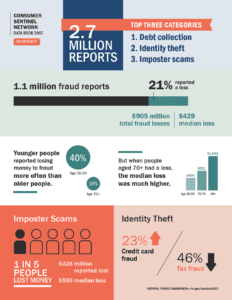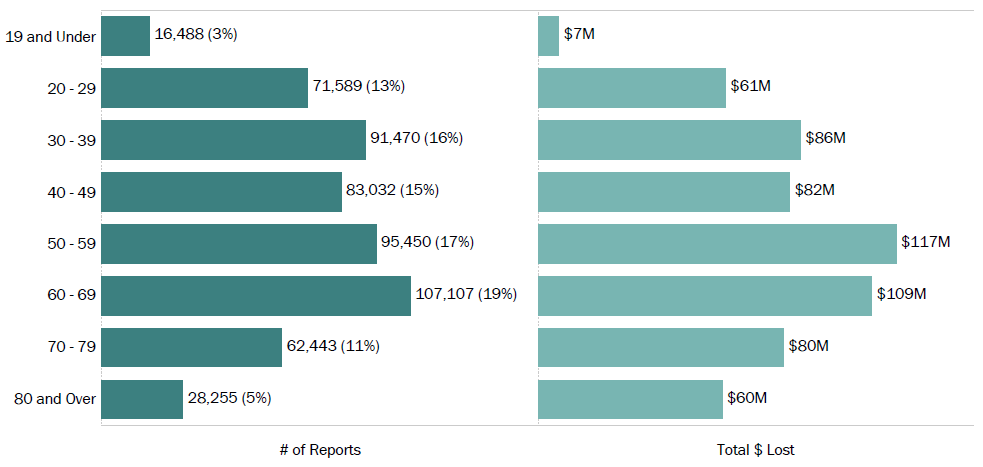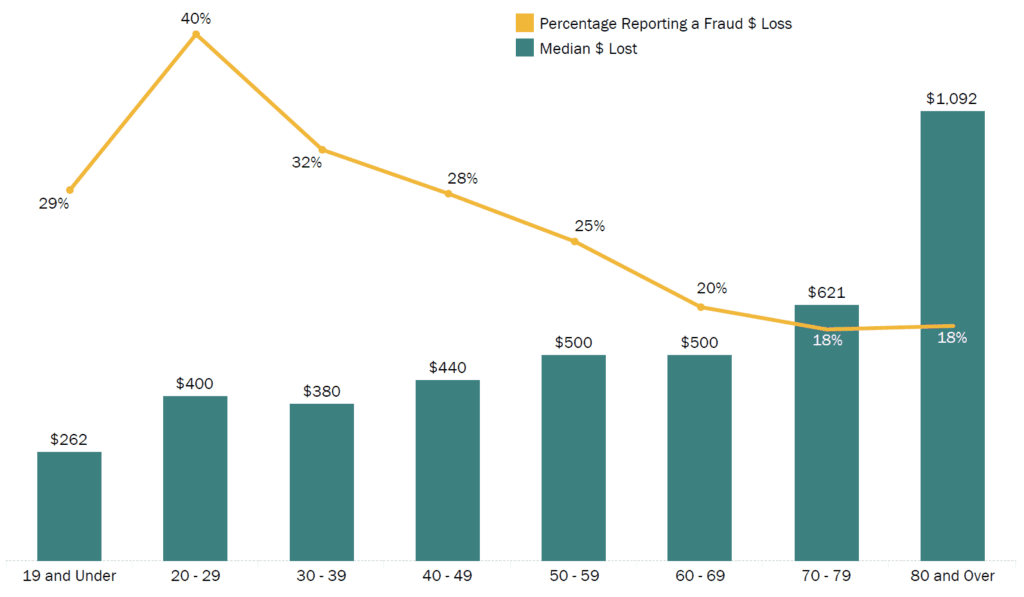Fraudulent calls are quickly becoming more frequent. This year nearly half of all calls to mobile phones will be a scam, according to a new report from telecommunications firm First Orion. The company analyzed data from more than 50 billion calls over 18 months to get an idea of what they’re calling the “scam-call epidemic”.
Mobile-originated scams are up over 400 percent from 2017 to 2018. In 2017, only 3.7 percent of calls to cell phones were fraudulent. In 2018 that number reached 29.2 percent and is expected to climb to 44.6 percent this year.
One popular tactic is “neighborhood spoofing,” in which calls show up as local numbers on your caller ID by matching the first six digits of your number. The report estimates that nine in 10 scam calls will come from a familiar area code this year.
The report also shows that scam calls originating from landlines are decreasing. Not only do fewer people use landlines, but mobile scammers have become more technologically sophisticated. This year only 24.8 percent of scam calls are predicted to come from landlines — a decrease from 56 percent in 2017.
 The financial repercussions from these scam calls can be serious. The Federal Trade Commission (FTC) reports that the median loss from a phone-based scam in 2017 was $429. Compare that to a $500 median loss to imposters, a $720 median fraud loss to scams that come in by phone, and a $1,710 median loss related to travel, vacations and timeshares. Among military consumers, median losses were higher than the general population — $619.
The financial repercussions from these scam calls can be serious. The Federal Trade Commission (FTC) reports that the median loss from a phone-based scam in 2017 was $429. Compare that to a $500 median loss to imposters, a $720 median fraud loss to scams that come in by phone, and a $1,710 median loss related to travel, vacations and timeshares. Among military consumers, median losses were higher than the general population — $619.
Consumers reported losing substantially more money to imposter scams — a total of $328 million — than any other type of fraud. Imposter scams involve someone pretending to be a government official, technical support representative, or a loved one in trouble. Nearly one in five consumers who reported an imposter scam indicated they lost money to the fraud.
In a 2017 FTC report, consumers in their twenties reported losing money to fraud more often than those over age 70. For example, among people aged 20-29 who reported fraud, 40 percent indicated they lost money. In comparison, just 18 percent of those 70 and older who reported fraud indicated they lost any money.

However, when older adults did report losing money to a scammer, the median amount lost was greater. The median reported loss for people age 80 and older was $1,092 compared to $400 for those aged 20-29.

The rise of illegal robocalls has garnered the attention of both lawmakers and consumers alike. In 2017, the Federal Communications Commission prioritized an initiative to end illegal robocalls and adopted a new set of rules designed to protect consumers from unwanted robocalls, allowing phone companies to proactively block calls that are likely fraudulent because they originate from certain types of phone numbers.
To avoid becoming a victim, familiarize yourself with these common scams, such as calls from people claiming to work for the IRS or your credit card company. If you spot any scams, report them to the FTC.
Leave a Reply